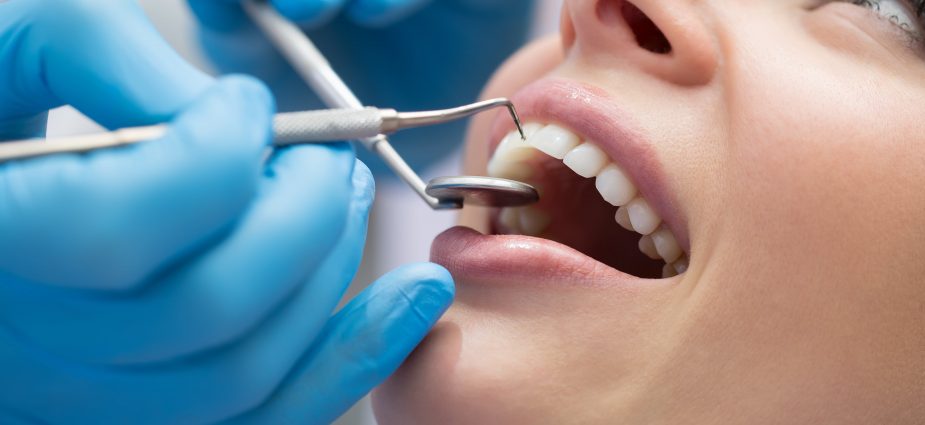Scheduling an appointment for the dentist is the first step to fighting oral health problems. A general dentist offers a variety of services to keep your teeth clean and your gums healthy. Your dentist uses instruments, radiographs and tests to check for an dental problem, such as a cavity, broken tooth or infected tissue. They use the results to determine what procedure is needed to address the problem. Like Pearl Dental PC, your dentist will probably have a website listing the services they can provide and more in depth information on each one. Many people are also concerned about care after a procedure so Pearl Dental includes information for that on their site as well. Here are the different types of procedures offered by a general dentist.

Dental Fillings
Dental fillings are used to repair structural damage to your tooth. Your dentist starts by using a numbing medication to ensure you do not feel any pain or discomfort. The next step is to use a drill to remove the damaged structure. Your dentist restores your tooth by using a filling material, and the materials include porcelain, amalgam, gold and composite resin. There are advantages and disadvantages of each filling material, so your dentist helps you choose the material that is right for you.
Bonding
Bonding is used to repair a cracked or chipped tooth. It is a quick and painless procedure that does not last more than an hour. Your dentist places composite resins on the surface of your tooth to fill in the cracked or chipped portion. The composite is sculpted into the shape of your tooth. It is also contoured and polished to hide the cracked or chipped area.
Orthodontics
Your dentist may order an orthodontics treatment to correct misaligned teeth. It is considered a cosmetic and functional dentist procedure, and it is a popular choice among many dentists and their patients. Your dentist may recommend retainers or braces to straighten out your teeth. You can usually have the braces removed after a certain length of time.
Root Canals
A root canal is done to save a broken, infected or decaying tooth. You are numbed or sedated during this procedure to ensure you do not feel any pain. Your dentist starts by removing the infected pulp tissue located in the root chamber of the tooth. The canal of the hollowed-out tooth is cleaned and shaped, and then your dentist fills the space with an antibacterial filling to keep the condition from getting worse. The final step is to cap the tooth with a protective crown.
Dental Crowns
You may need a dental crown if your tooth is very damaged or decayed. A dental crown is usually made of porcelain, gold or silver metal or a combination of porcelain and metal. You may be able to choose a conservative dental veneer instead of a dental crown, but this depends on the extent of the damage to your tooth.
Dental Bridges
If you have any missing teeth, you can have them replaced with dental bridges. A dental bridge is also known as a pontic or an artificial replacement. Your dentist uses composite materials to attach the pontic to the surrounding teeth and keep it in place.
Dentures
You are going to need dentures to replace missing or damaged teeth that cannot be repaired at all. The dentures are supported by the tissues in the oral cavity. You can also use removable dentures that feature a gum-colored base and fit over the ridge of your gums. The availability of the latest material and expertise varies among dentists, but you can usually have the procedure performed by a general dentist.
Oral and Maxillofacial Procedures
You may need an oral and maxillofacial procedure such as dental implants, TMJ procedure or reconstructive surgery to address a dental problem. The procedures range from a less invasive treatment of facial abnormalities to a major oral surgery, and the procedure depends on the dental problem that needs to be addressed.
Periodontal Treatment
If you have signs of early gum disease, your dentist is going to offer periodontal treatment in three-month intervals. The treatment may include tooth scaling and cleaning, and you are also going to need a proper flossing and medicated mouthwash. You may need a deep-plane scaling or a periodontal or laser surgery for gum disease in a later stage.
Laser Procedures
There are cases when a laser procedure can replace a drill or invasive equipment. You may have the option of a dental laser for a bonding procedure, decay removal, teeth whitening, scaling replacement, periodontal surgery and sleep apnea.
Now that you know the different types of procedures offered by a general dentist, you can schedule an appointment with your dentist for a check up or procedure.